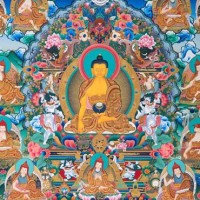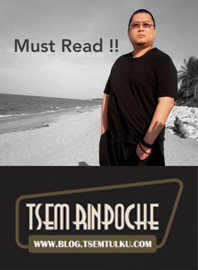
About two thousand five hundred years ago, a man decided to renounce his throne and family in pursuit of a personal quest – a quest to answer man’s deepest eternal question about life.
This noble quest of his took a lot of searching with some of the leading spiritual teachers of his time. But alas, he would not find the answer with them or with subsequent popular extreme ascetic practices of his day.
He eventually found it while meditating under a Bodhi tree. He thus became the Awakened One, or the Buddha.
Images of him frequently depict him sitting crossed legged in full meditation, his right hand lightly touching the ground beneath him. This is symbolic of how Buddha responded to the challenge of Mara’s claim over the ground beneath him.
Buddha invoked the earth to bear witness to the truth and virtue of his words and actions through countless aeons that earned him the right to sit and meditate there.
Buddha thus constantly reminds those who take refuge in him to cultivate virtues of the six paramitas of giving, patience, concentration, wisdom, morality and perseverance. His left hand cradles a begging bowl in a meditative pose.
For the rest of his life, the Buddha was a mendicant and lived on food offerings by various lay devotees. Buddha didn’t just teach renunciation, he actually practiced it. Spiritual practice as he taught it was not mere words but a living example to inspire his disciples then and even now.
By employing skilful means to his teaching, the Buddha taught about eighty four thousand teachings, each to benefit all possible dispositions and levels of spiritual development of his followers. That is why his teachings are likened to healing medicine for the mind.
Buddha had many disciples who took his teachings to heart and spread it worldwide into the different forms of Buddhism we know today. But all look to the historic Shakyamuni Buddha as the founder and original guru of Buddhism.
His spiritual energy in the form of sound that helps to transform the mind (Mantra):
OM MUNI MUNI MAHA MUNI SHAKYAMUNI YE SOHA








